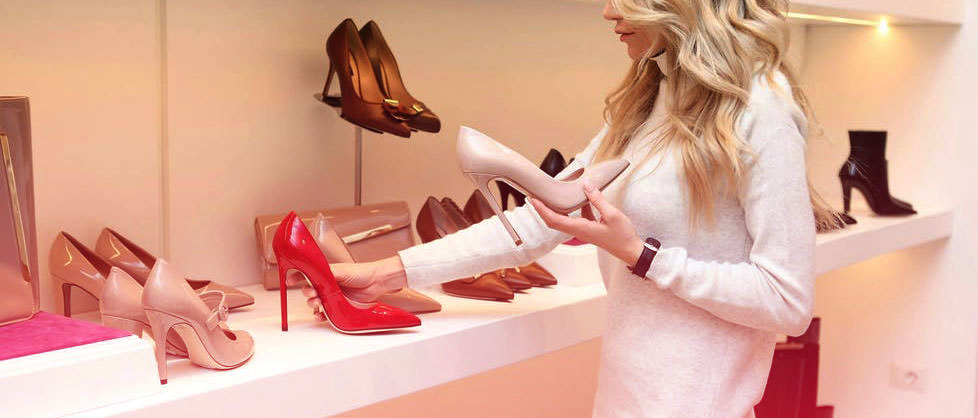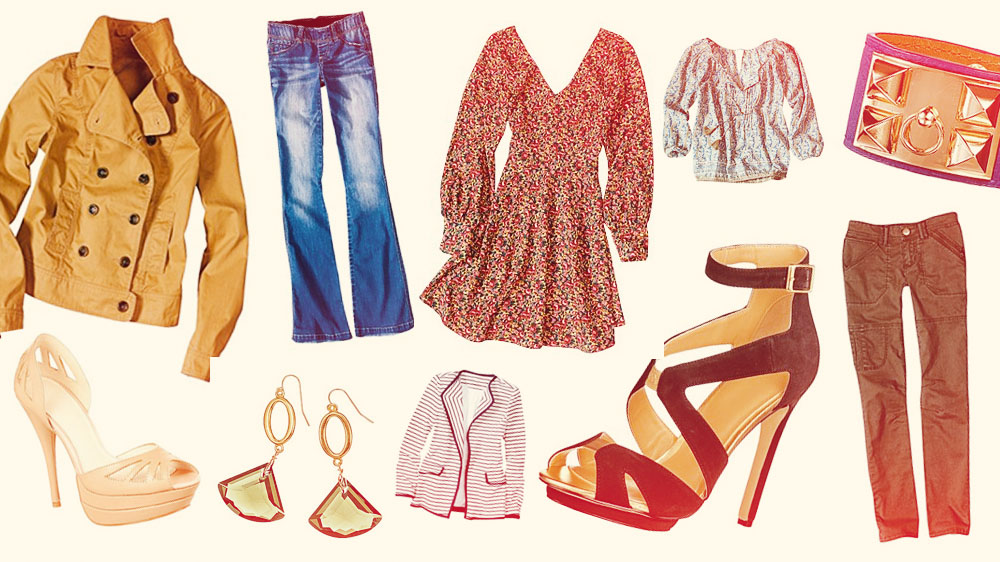Younger-skewing consumers are more interested in self-expression than labels, and experiences over things. It’s not just teenagers, however—a trend has emerged across generations in which consumers opt for replicating the look of the desired lifestyle rather than worry about fashion labels.
According to a recent report by VisionCritical, Gen Z respondents named “aesthetic” as the No. 1 thing they look for in the products they buy. Fashionable design matters to 67 percent, as well—more than any other generation.
“Consumers are becoming less focused on image and more focused on individuality—especially the younger generations,” Marshal Cohen, chief industry analyst at The NPD Group, said in a statement. “While the cachet of designer logos is still relevant for many, the days of consumers looking to be a part of a designer or brand movement are waning in favor of their desire to find the style and function unique to their personality and lifestyle.”
In the 12 months ending June 2016, a third of all designer handbags sold in the United States were discreet, in that they did not have prominent logos, NPD found. Baby boomers accounted for the largest segment of label-less consumers at 40 percent; teens and 20-somethings of Gen Z now represent eight percent.
Fashion magazines like Glamour and Hello! feature low-cost alternatives to celebrity looks for those who want the style without the price tag. The new Pinterest Lens, currently in beta, could take this concept to a new level of convenience. Users can simply take a photo of an item they like, and Pinterest automatically brings up similar items to browse.
A separate study by NPD found that 75 percent of all apparel purchases from April 2015 to April 2016 were from off-price retailers like Marshalls and T.J. Maxx. Consumers over the age of 45 represent more than half of off-price apparel buyers, NPD reported.

Don’t weep for the luxury industry just yet, however. Management consulting firm Bain and Company predicts that the global luxury goods market will reach as high as €259 billion (roughly $307 billion) this year. Global management firm McKinsey & Company, meanwhile, notes that branded jewelry sales are on the rise. By the year 2020, 30-to-40 percent of jewelry sales will be of the branded variety compared to 20 percent in 2011.
In fact, young consumers aren’t afraid to purchase name-brand luxury goods if the look is right—especially when it comes to designer handbags.
Luxury brands are accommodating this “discreet chic” movement by making their label less obvious. Brands like Coach—famous for designs that center on its logo—are now offering less conspicuous options. Michael Kors uses distinct studs and grommets on his latest handbags instead of logos.
“Millennials have launched a movement of individuality en masse that is greatly influencing retail, including the fashion industry,” added Cohen. NPD’s report found that 81 percent of millennials said it was important to them that the logo on a handbag be subtle.
Like all fashions, the age of big logos may return. In the meantime, it’s all about the look—not the label.

